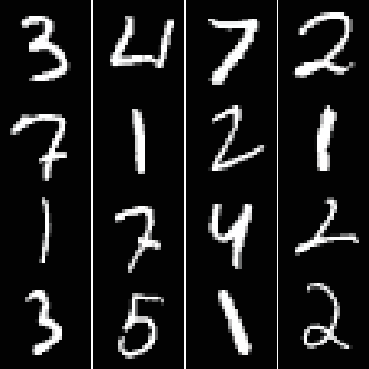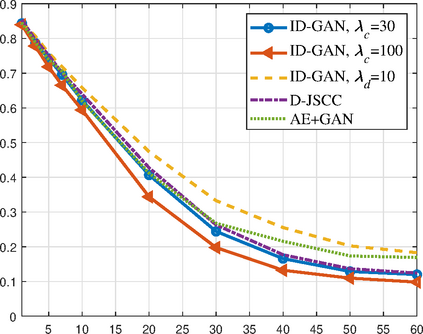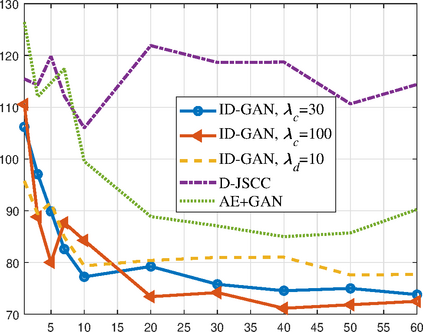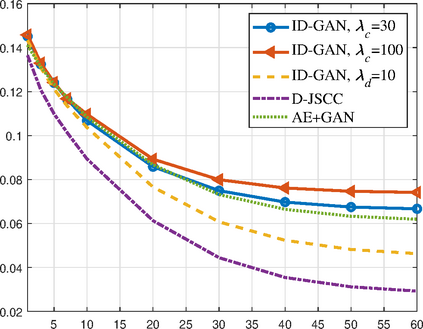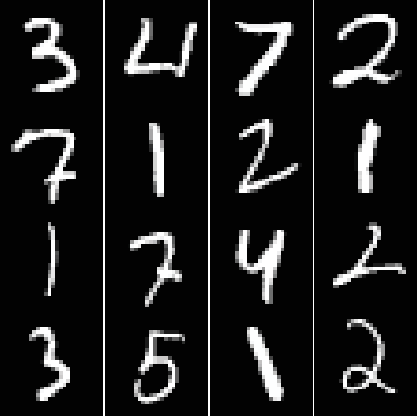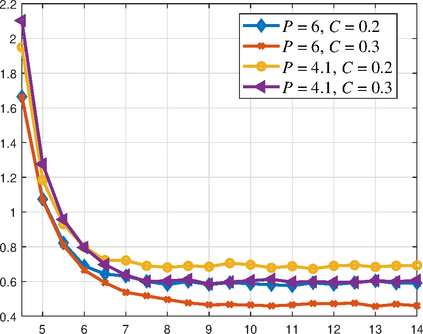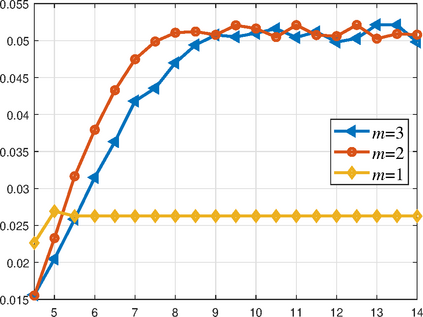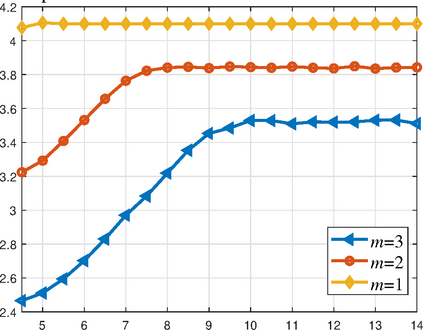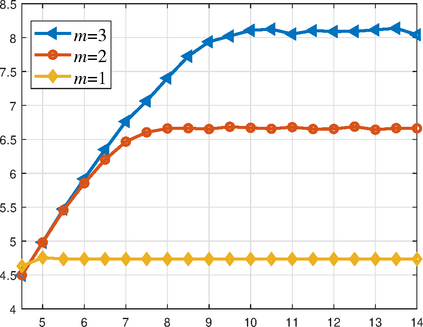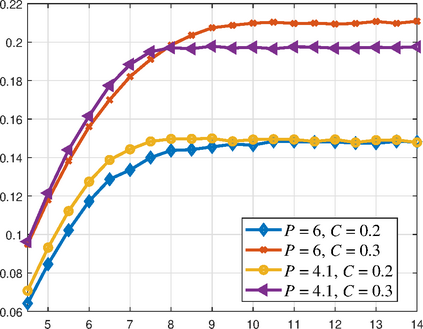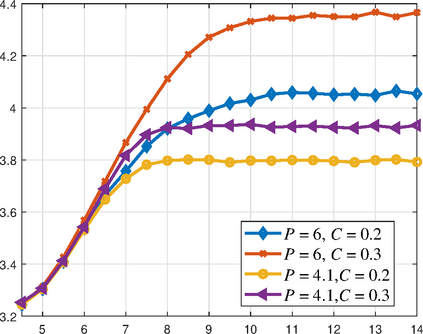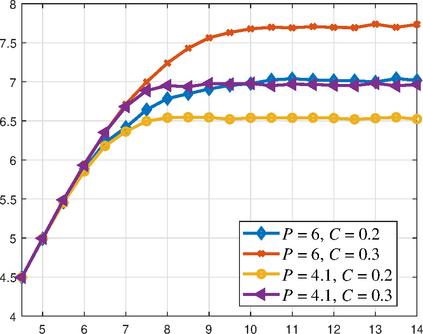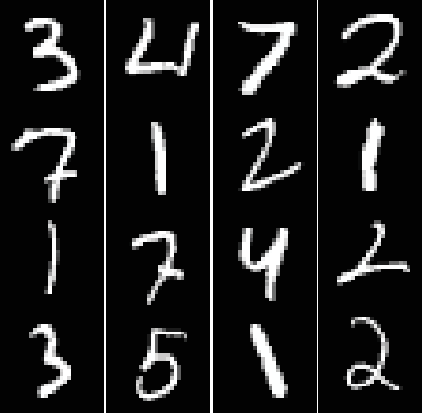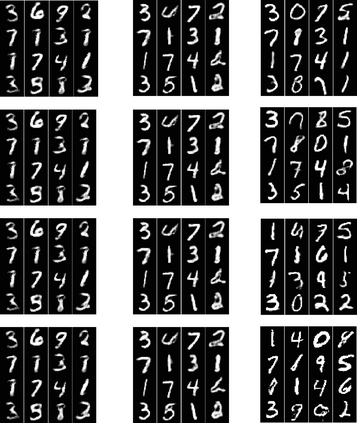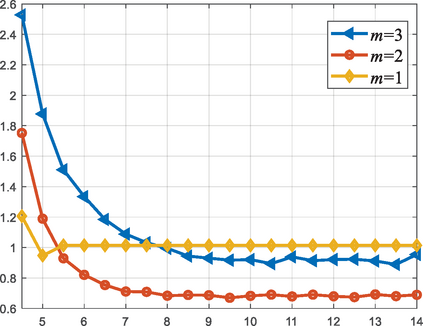The joint source coding and modulation (JSCM) framework was enabled by recent developments in deep learning, which allows to automatically learn from data, and in an end-to-end fashion, the best compression codes and modulation schemes. In this paper, we show the existence of a strict tradeoff between channel rate, distortion, perception, and classification accuracy in a JSCM scenario. We then propose two image compression methods to navigate that tradeoff: an inverse-domain generative adversarial network (ID-GAN), which achieves extreme compression, and a simpler, heuristic method that reveals insights about the performance of ID-GAN. Experiment results not only corroborate the theoretical findings, but also demonstrate that the proposed ID-GAN algorithm significantly improves system performance compared to traditional separation-based methods and recent deep JSCM architectures.
翻译:暂无翻译






